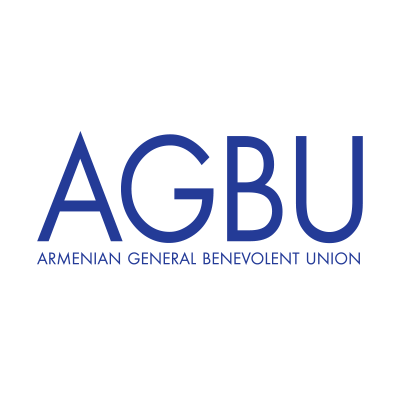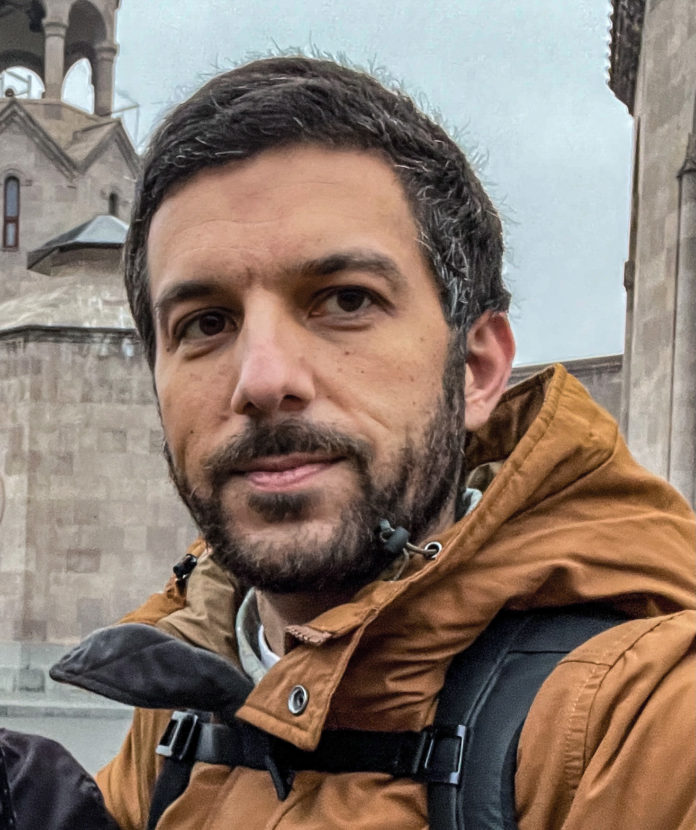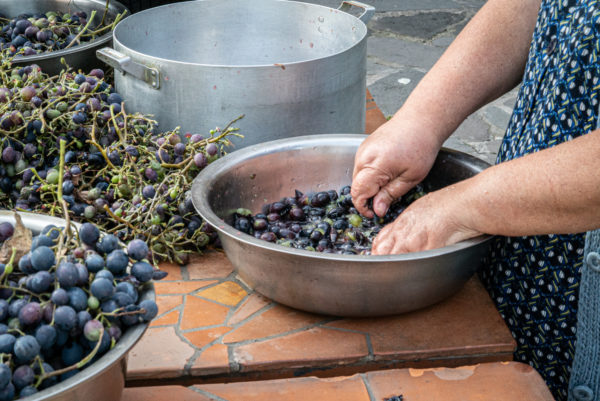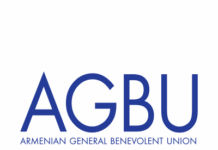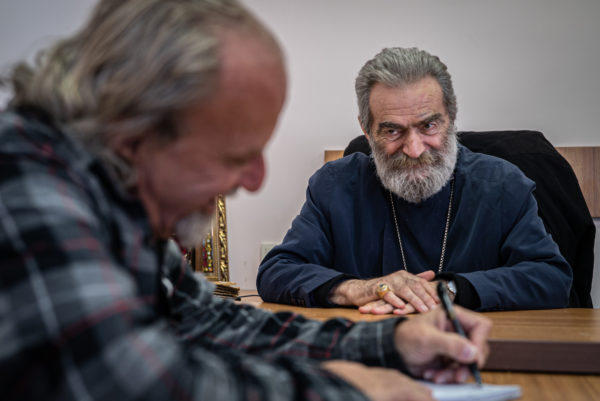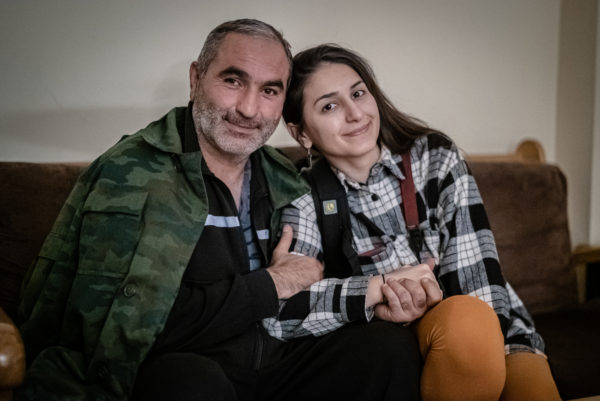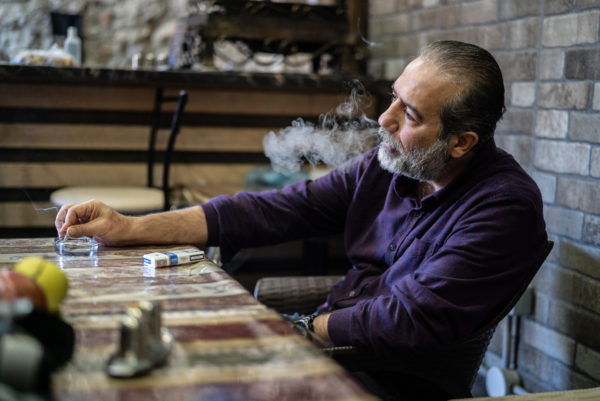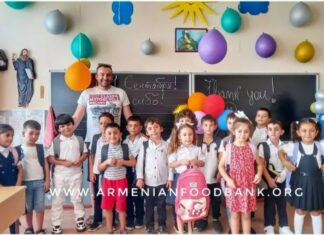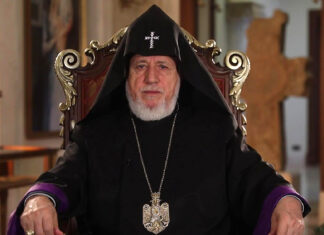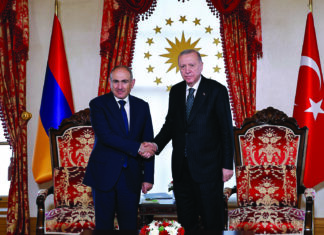NEW YORK — When war strikes, we watch television or read the newspaper, hearing about attacks, geopolitics, international relations, and intervention by world powers. The 44-day war in Artsakh was no different. Among footage of Azerbaijani drones and reports of Syrian mercenaries, Ezras Tellalian, a psychology student, photojournalist, and deacon in the Armenian Apostolic Church, wanted to bring to light something he felt was missing in the media intake of the Western world: the human side of the life of civilians.
Inspired by the resilience of the people of Artsakh, Tellalian has put together a book of photographs, Humanity During War: Artsakh, 2020. “I felt like it needed to happen,” he said. “I needed to do this to honor these people.”
During the war, Tellalian headed to Armenia to work as a photojournalist with Civilnet and document the turmoil of his ancestral homeland. A fourth-generation Armenian-American from Fresno, Tellalian earned his theological and Armenian studies degrees from the St. Nersess Seminary and was ordained a deacon; he is currently working on his doctorate in psychology at the New School in New York City.
Serendipitously meeting journalist-writer Michael Krikorian from Los Angeles on the plane to Armenia, the duo headed to Artsakh for their documentary mission. In addition to acting as the photographer, Tellalian was also the translator for the American-Armenian team.
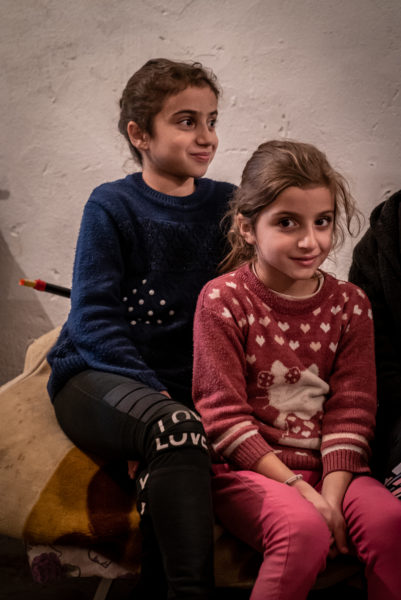
“I never intended to put a book together,” said Tellalian. “I went as a photojournalist and worked with Civilnet, providing them photos. Going through the photographs, I didn’t feel satisfied. I wanted there to be better understanding of what we were doing and what we were seeing.”
Tellalian pieced together the book from his photos of everyday civilians, people he knew personally and befriended, photos that were “not usable” for Civilnet’s typical straight news coverage. Through the book’s many photographs, he has brought a larger picture of the humanity he saw in Artsakh to the eyes, and hopefully to the hearts of the Diaspora and all people across the world.
